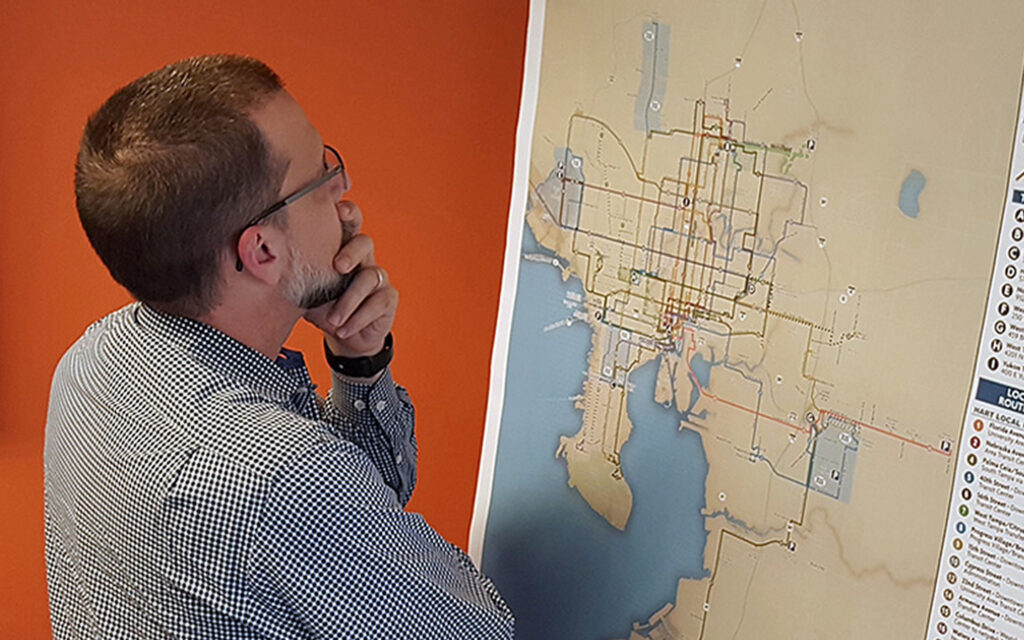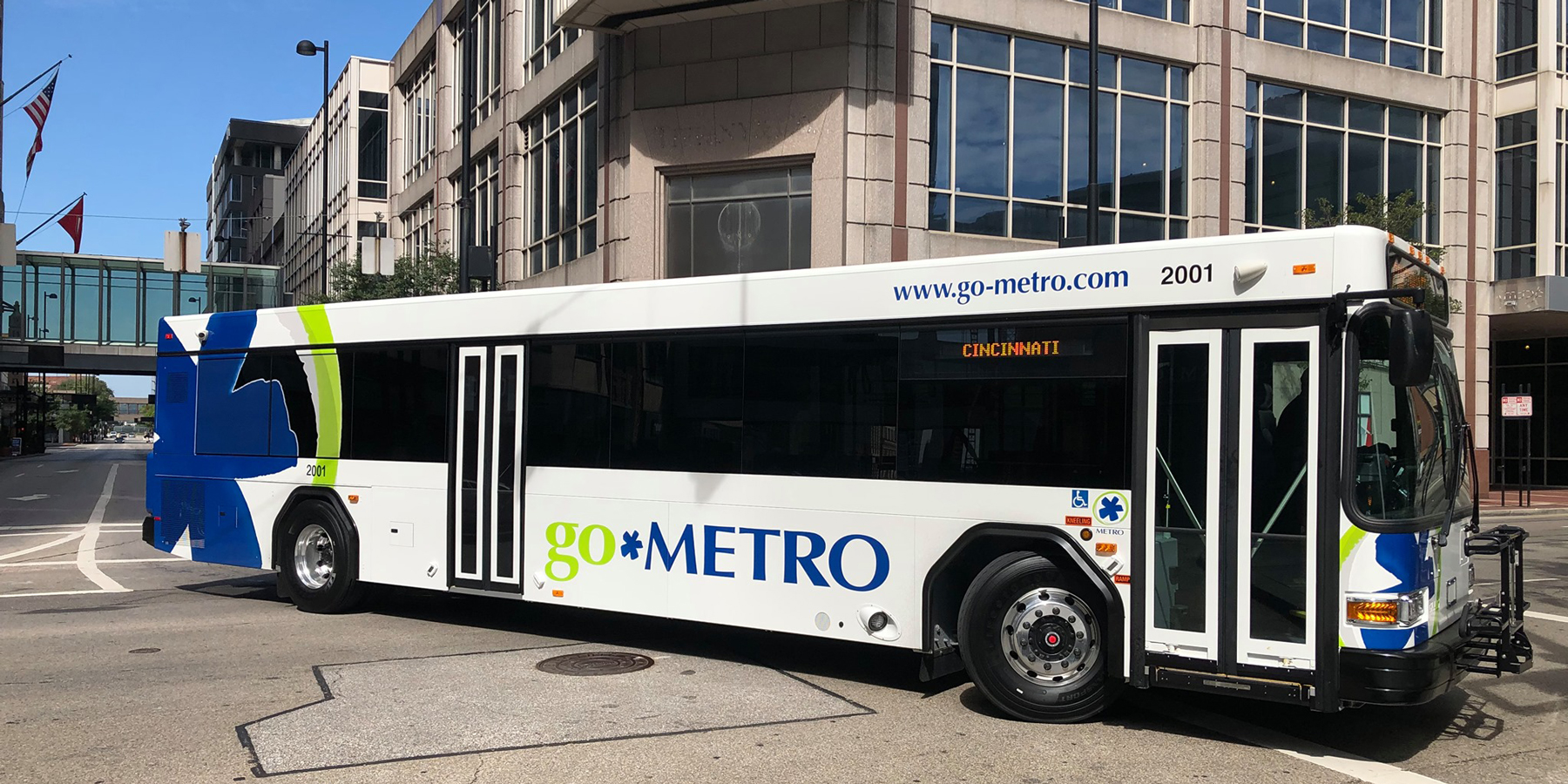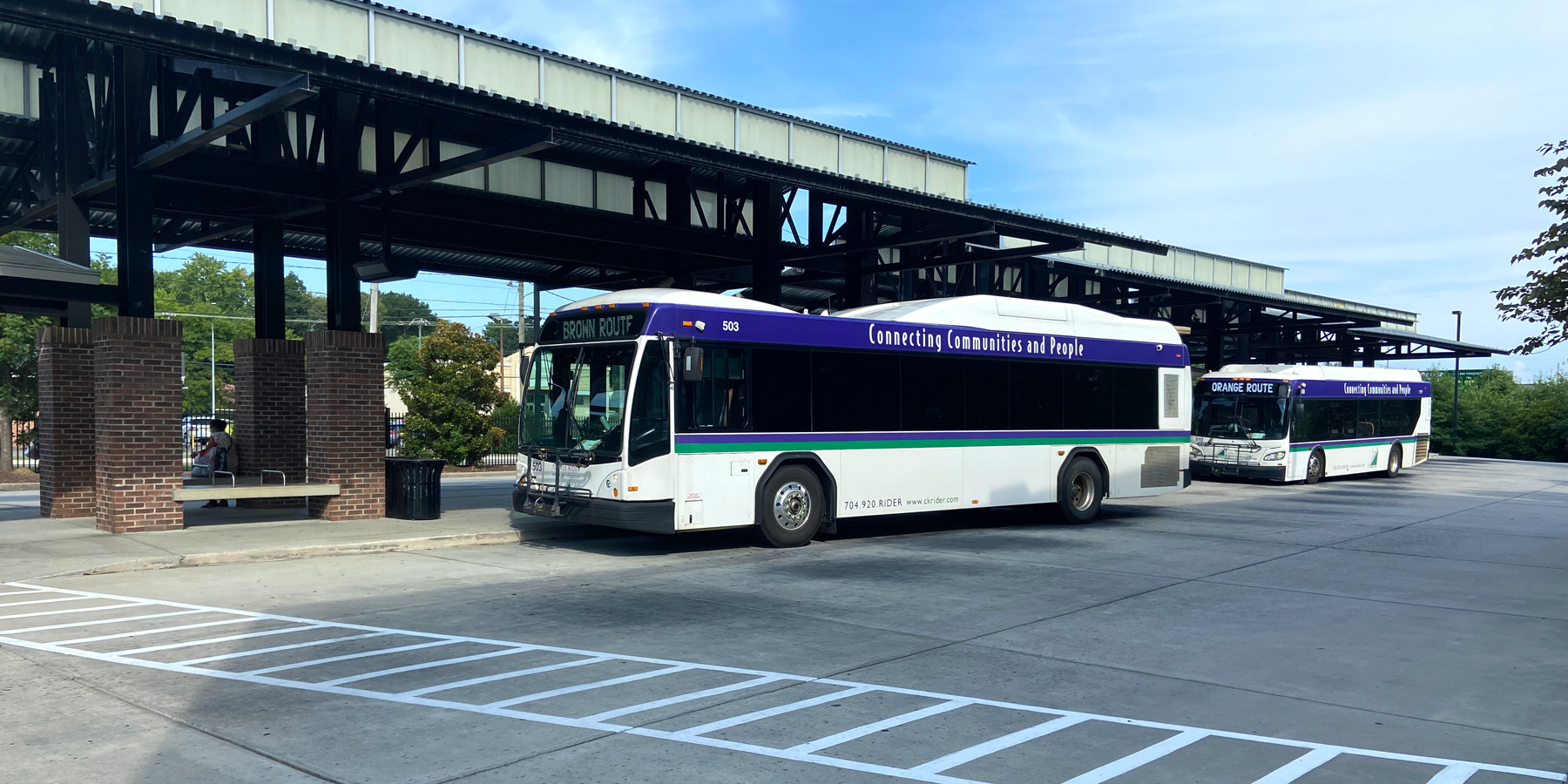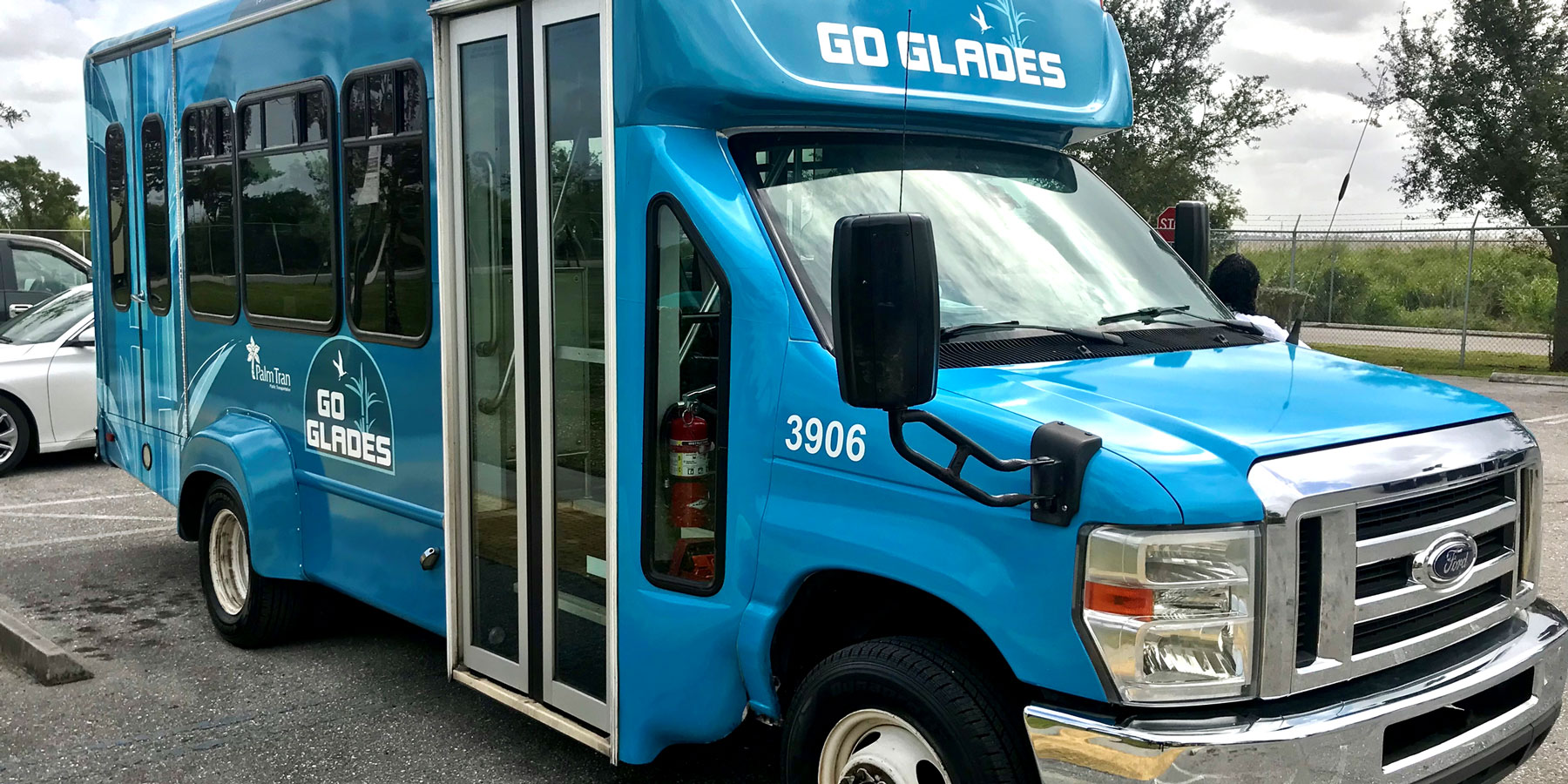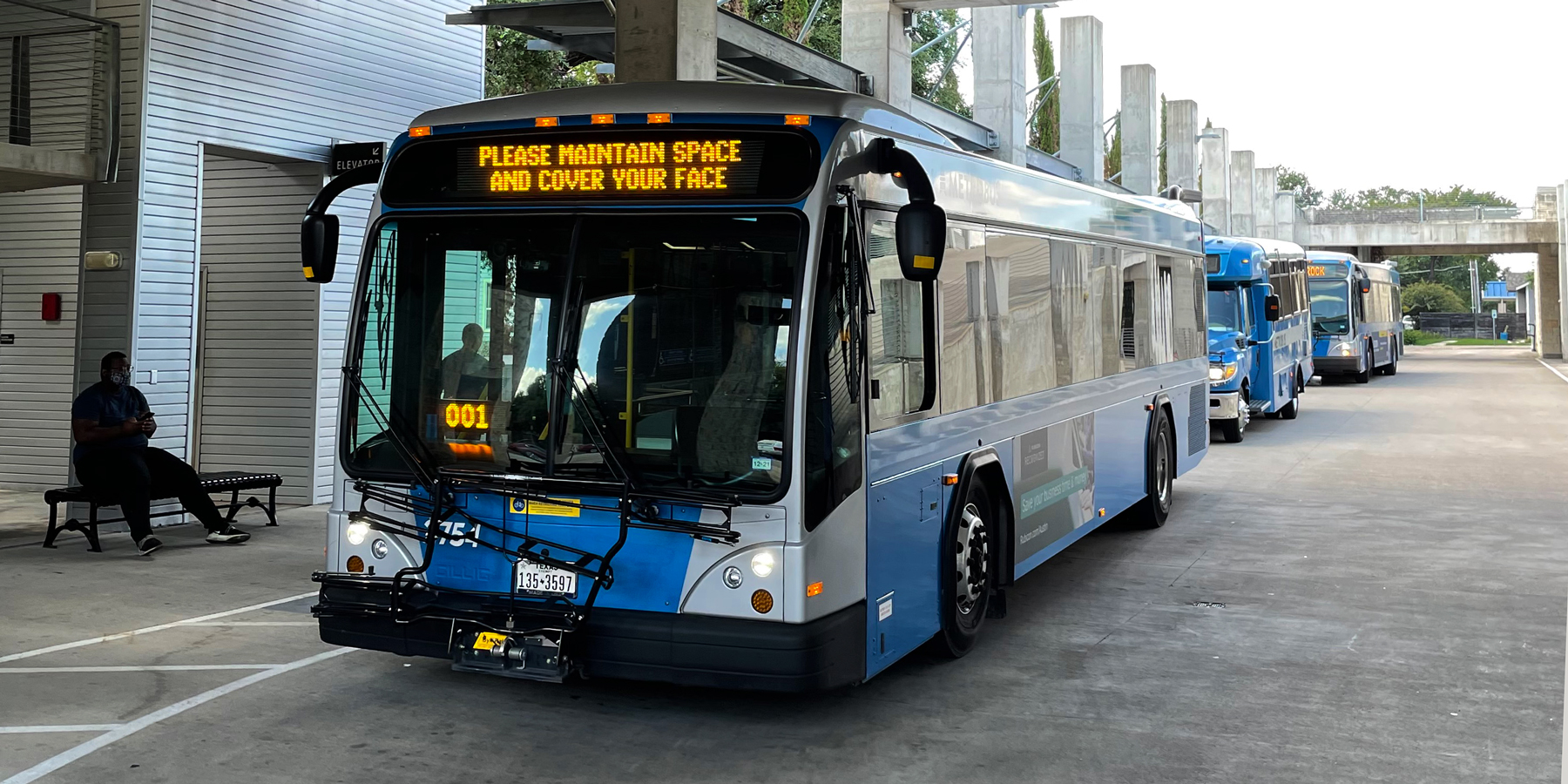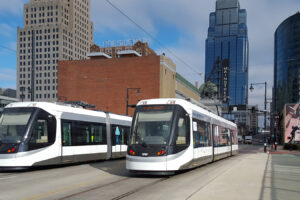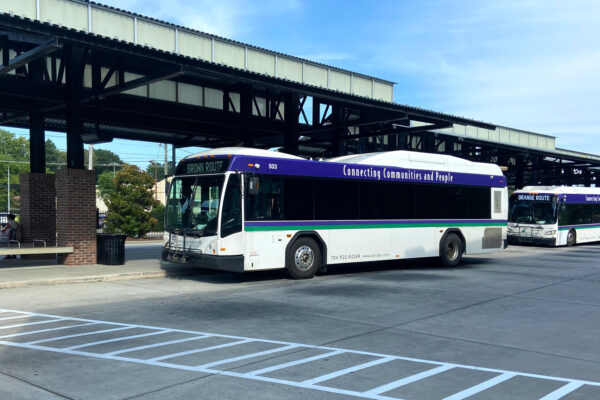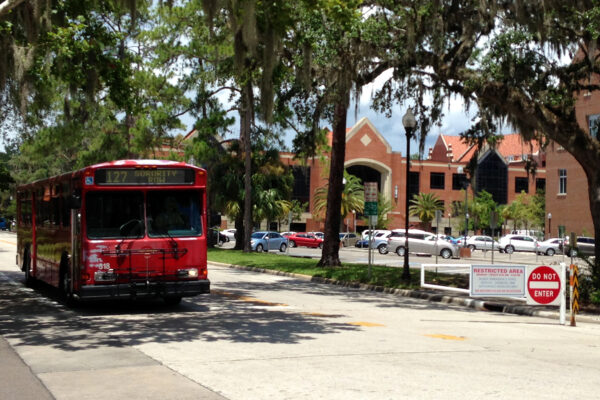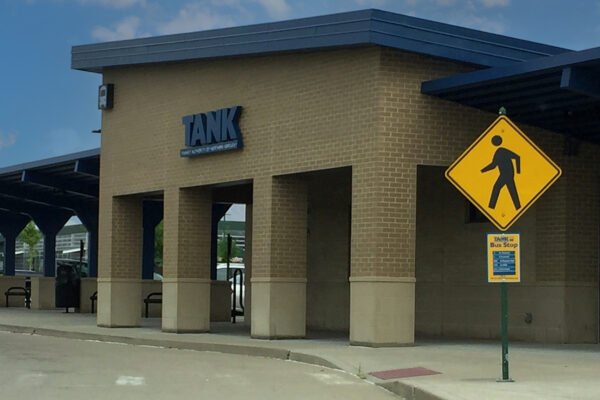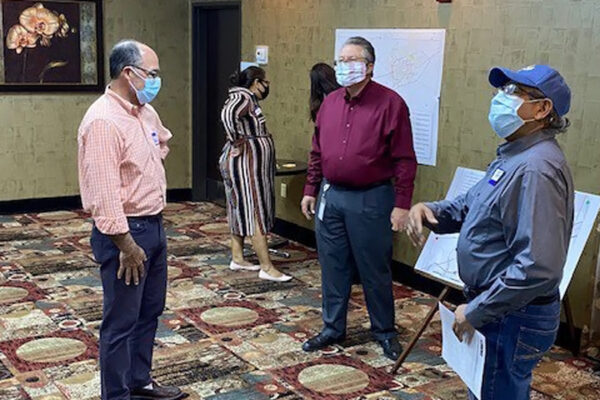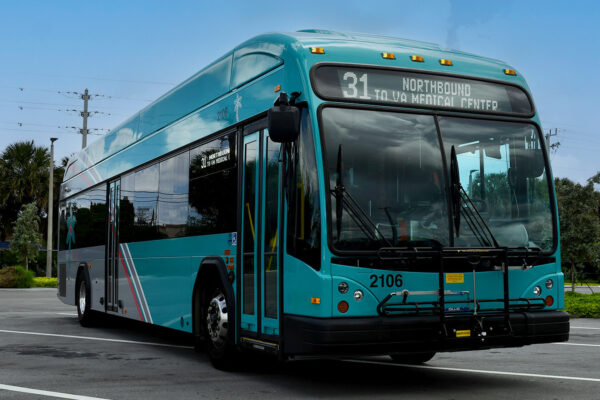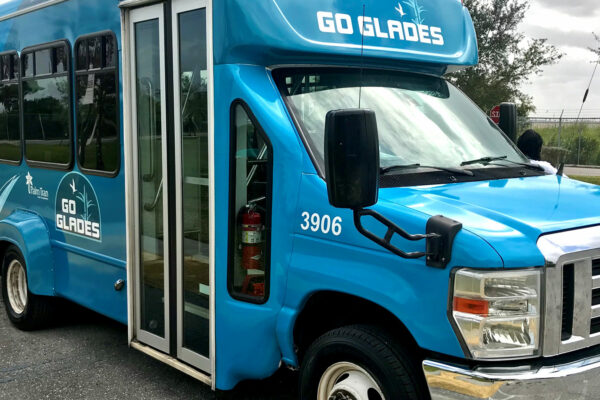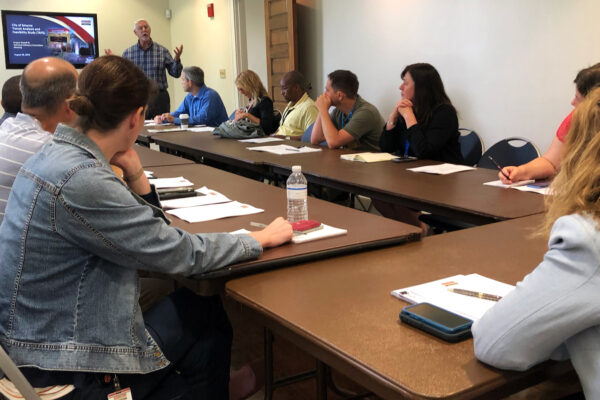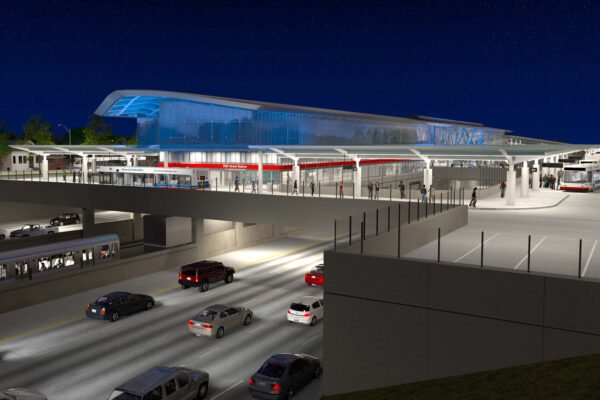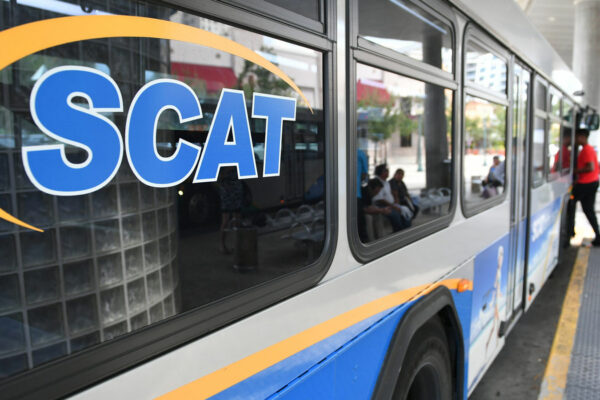Operational Analysis
Optimizing Operations for Evolving Communities
Effective transit systems fit the current and future mobility needs of a community, getting riders to and from their destinations with minimal delay, disruption or congestion. To successfully accomplish that, a transit agency needs to be able to make data-backed decisions that help ensure safe, reliable and efficient service, while managing costs and maximizing available resources.
At Benesch, our experts understand all facets of the transit planning and operating environment. We use a wide range of operational analysis techniques to collect and analyze data such as ridership, travel times, service frequency, and the number and type of vehicles. All of this information is used to help optimize system effectiveness and provide insight into the future transit needs of your community.
Comprehensive Operational Analysis
Monitoring existing services ensures that they function as efficiently and effectively as possible. Our experts routinely work with transit agencies to conduct intricate and detail-oriented examinations of their public transportation services, including fixed-route and paratransit.
For an accurate analysis, you need accurate data. We’ll work with your agency to collect ridership, operational and financial data. This data is then used to conduct numerous analyses, including:
- Service Data Analysis: After collecting historical service level and ridership data along with any established agency performance standards, we analyze the data and incorporate the results into our review.
- System Network Analysis: This analysis helps us to assess how well the system network functions as a whole. It helps us to begin identifying opportunities for improved productivity, efficiency and cost-effectiveness.
- Route Analysis: A route analysis, also referred to as a “line-by-line” analysis, helps us understand how well each individual route of the network performs in serving demand within its service area.
- Operating Environment Conditions Analysis: By collecting appropriate local data to document and assess the pertinent conditions, we obtain a better understanding of the current environment in which the system operates.
Our assessments benefit greatly from outreach with the local community. This helps us understand the use of the existing system and latent mobility needs. We facilitate community engagement processes that encompass an appropriate range of activities to educate, inform, and gather input from the public and various stakeholders. A major part of this process is conducting surveys that can be used to create a baseline assessment report.
Examining existing and latent demand will help to determine if demand is being adequately met. Our experts use innovative market analysis tools that assist in identifying transit-supportive populations and travel markets. This work helps to identify potential areas for expansion including the addition of new transit forms.
Using the results of the analyses, assessments and outreach, we’ll identify potential near-, mid-, and long-term transit service and capital improvement needs. Even during this planning phase, our team is carefully considering the constructability of future improvements.
Backed by a team of engineers, including railroad track, structure and signal experts, we are able to determine what infrastructure will be buildable in the long run. This combined planning and design expertise fuels the conceptualization and prioritization of transit improvement strategies and action items.
Finally, an implementation plan with a corresponding financial component is prepared to show the phasing of recommended improvements given the most feasible funding scenarios.
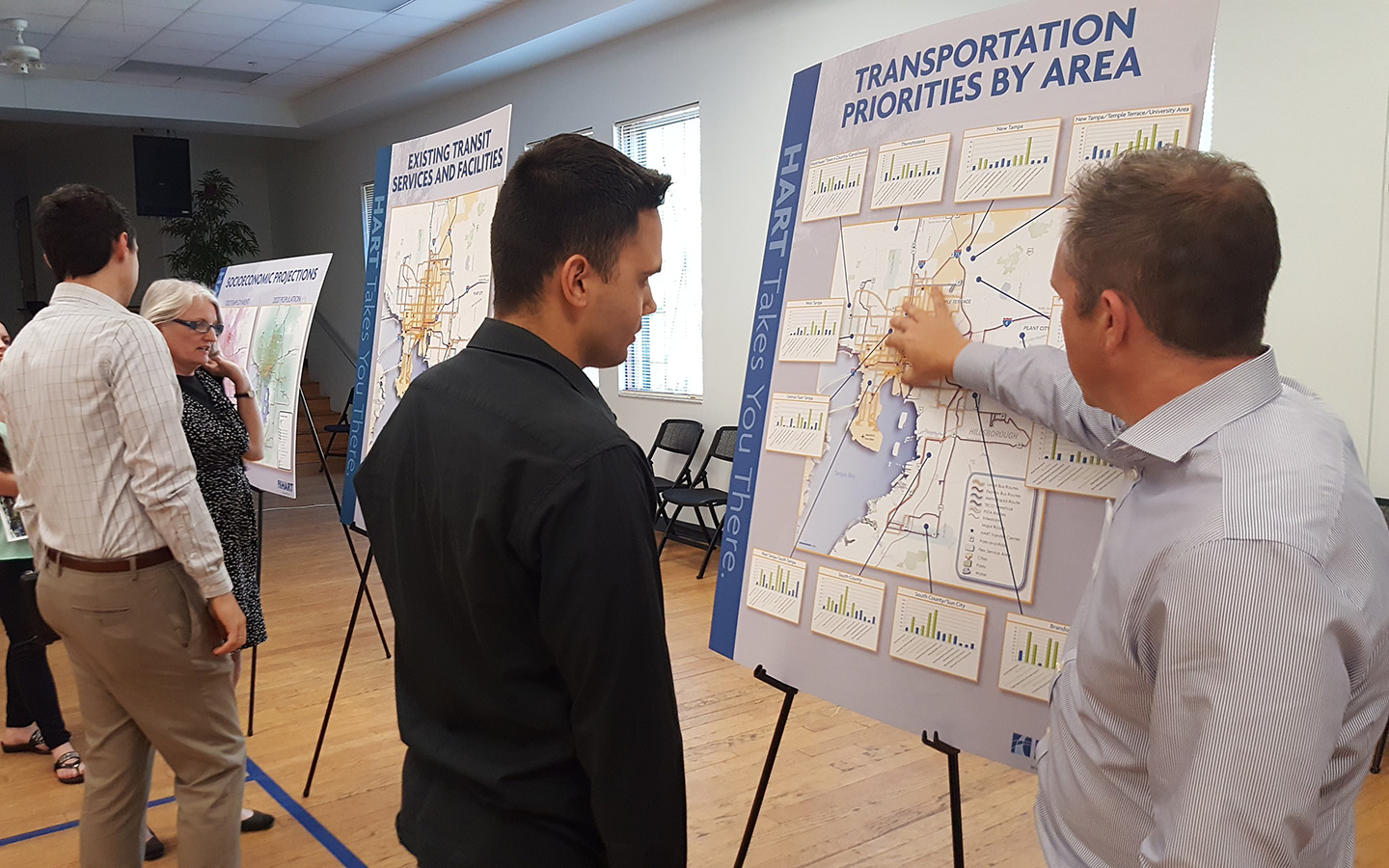
Maximizing Your Return on Investment
Pairing your COA with a transit development plan (TDP) can amplify your results. The outcomes of these combined efforts either lead to more efficient service, reduced costs and doing more with fewer resources, or increased funding, service and ridership.
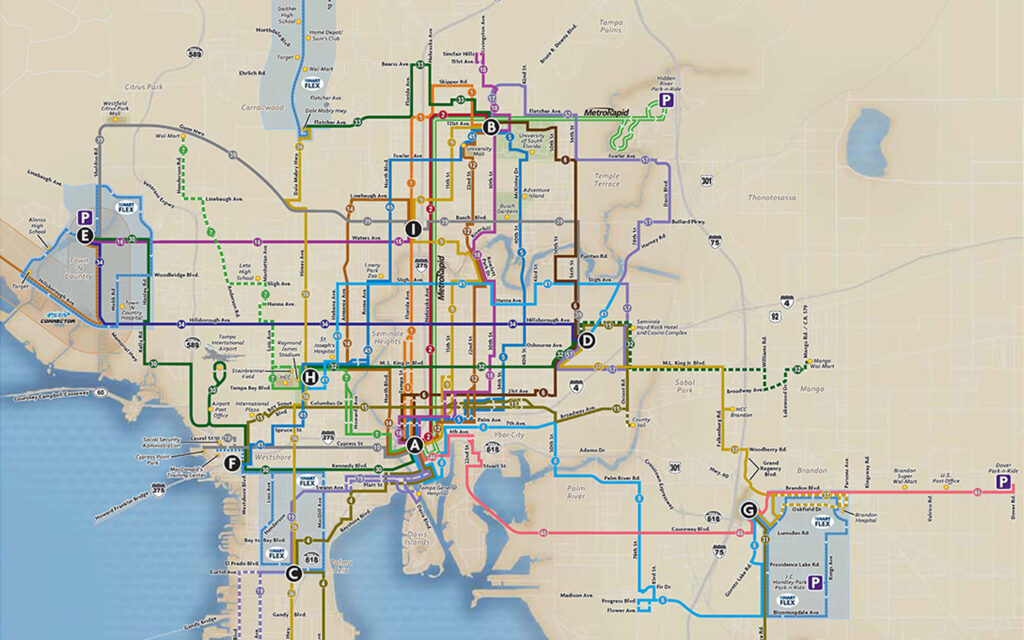
For Hillsborough Area Regional Transit Authority (HART) in Tampa, a concurrent TDP and COA, dubbed “Mission MAX,” produced outstanding savings for the agency. With an analysis-backed redesign of the network, resources were focused on core routes and frequency. As a result, HART saved more than $6 million (~10%) in operating costs for their fiscal year.
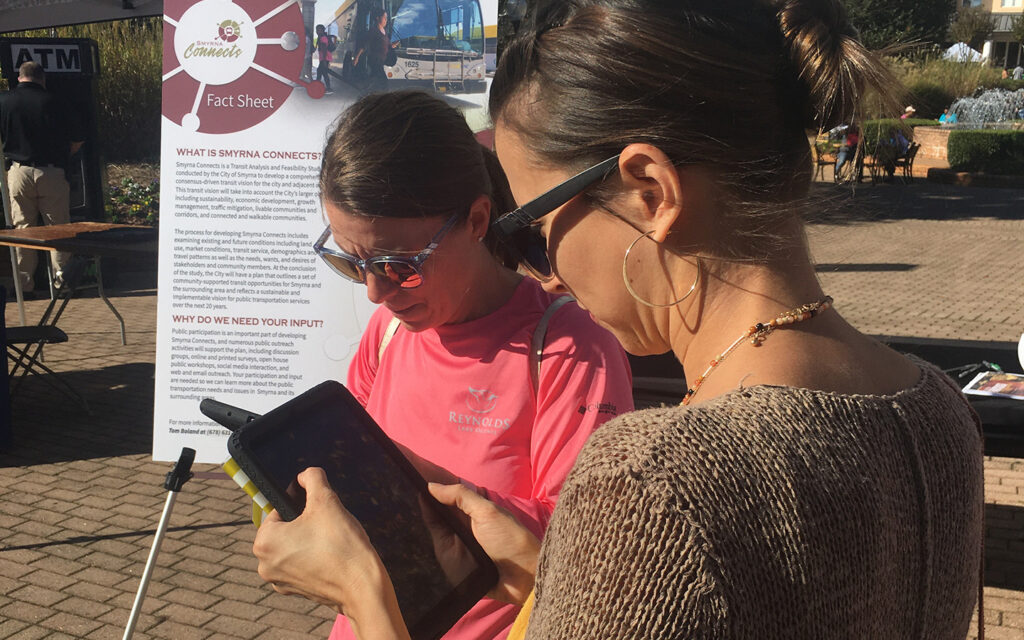
Future-Focused Enhancements
Our team members have worked with communities and agencies across the country on transit planning and visioning efforts. This experience has helped us refine our assessment methods so that we can better address the unique conditions of every client’s service environment and work to formulate customized improvements.
The insight we gain from visioning efforts and operations assessments helps us understand how best to integrate desired future transit needs with the practical operational considerations of today. Ultimately, we believe that transit-related evaluation and enhancement often require a careful balance of art and science.
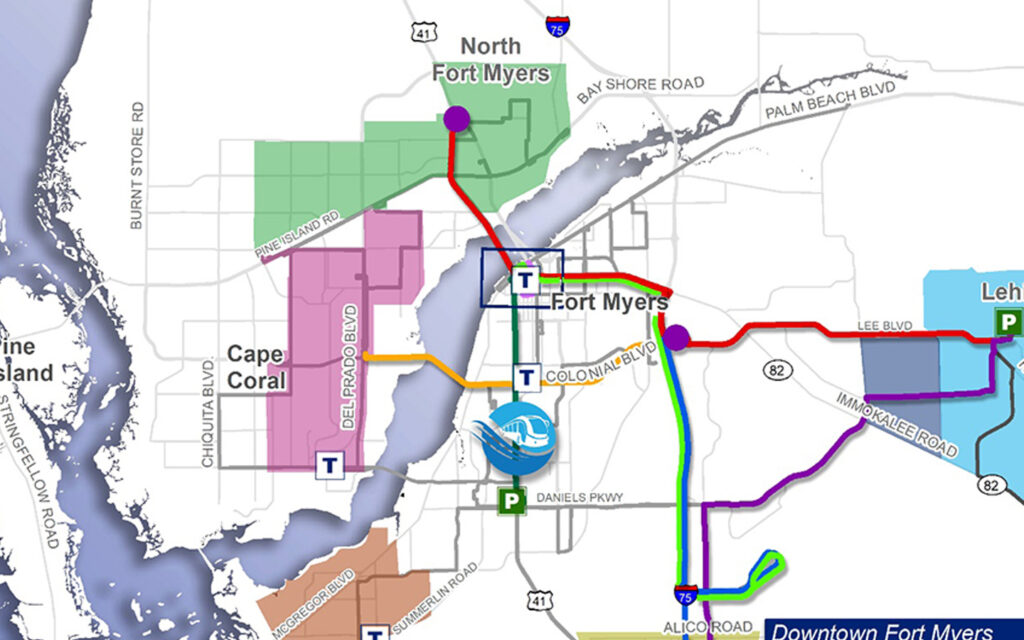
Expert Market Analysis Capabilities
Conducting a market analysis of transit needs and operational performance identifies mobility demand, latent demand, service gaps and opportunities to improve service delivery performance. Our analysis involves four innovative and transit-specific planning and market analysis tools: Transit Orientation Index (TOI), Density Threshold Assessment (DTA), Activity Center Analysis, and Travel Flow Analysis.
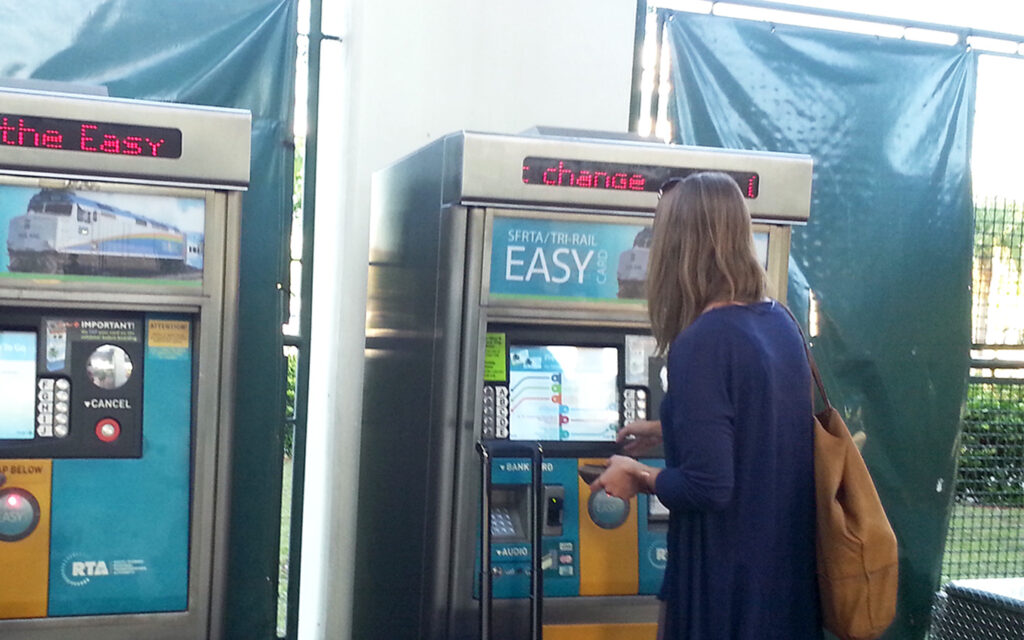
Evaluating Costs Across Your System
From operating costs to fare policies, a lot of moving parts impact the costs associated with your transit network for both you and your riders. Benesch’s expertise in all areas of transit planning makes us well suited for helping you evaluate operating costs, fares, grant opportunities and more. We’ll work with you to find the most cost-efficient ways to meet your goals by assessing the financial implications of different scenarios, prioritizing projects and developing appropriate cost models.
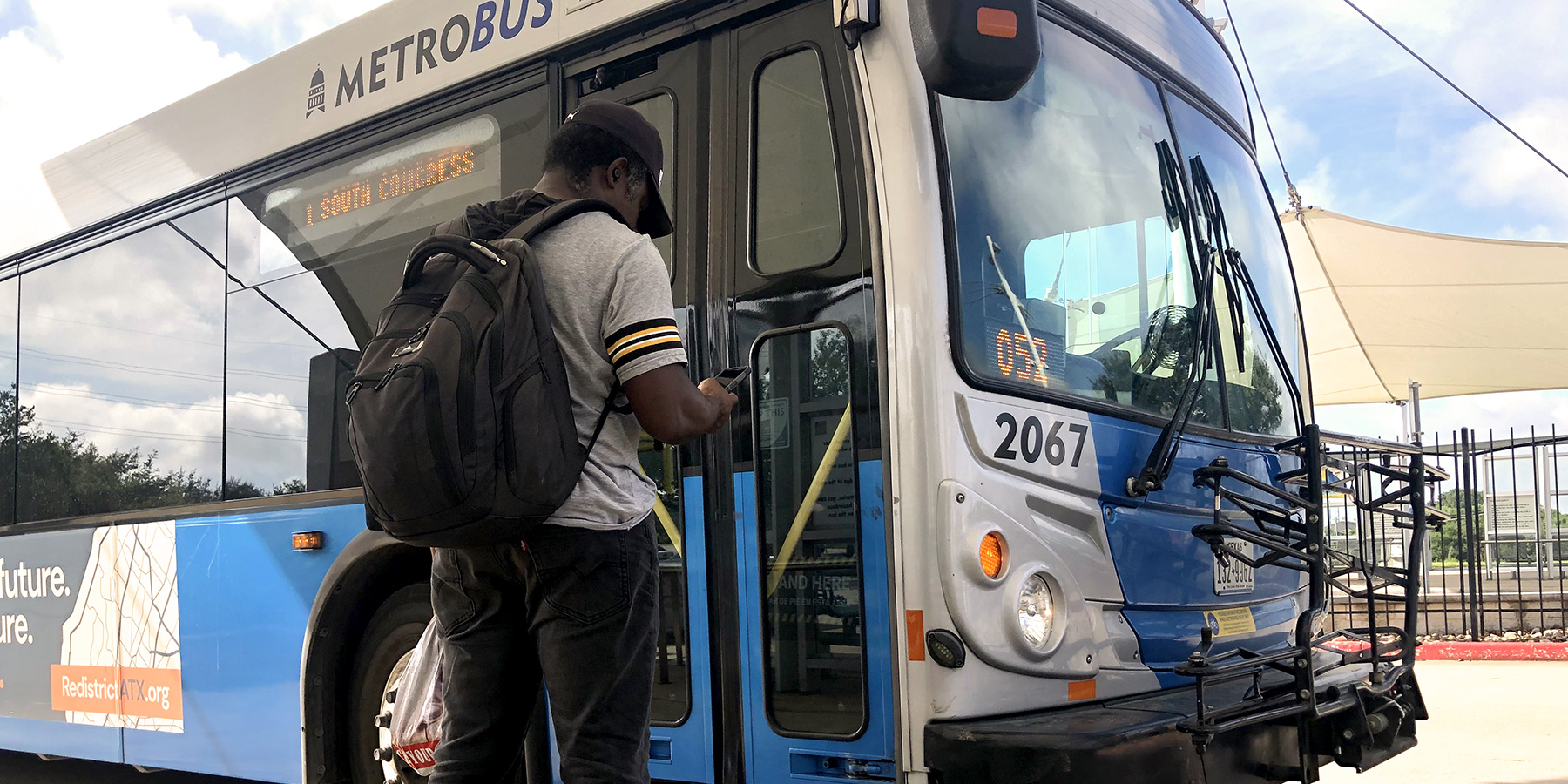
Choosing the Right Transit Network for Your Community
Communities are evolving quickly, and transit networks need to keep up. Adapting to these changes requires a deep understanding of your residents’ behavior, including where they are going and how they are getting there. These factors influence both the types of transit needed and how they will need to be integrated into your infrastructure. Using the insights from an operational analysis, Benesch’s team can help determine how you can create a transit network that will support a connected, efficient community.
From traditional fixed-route rail and bus systems to Bus Rapid Transit (BRT) and microtransit solutions, our experience in planning, designing and implementing all types of transit systems gives us the necessary expertise to identify how your network can meet demand, optimize service, save costs and increase accessibility.
